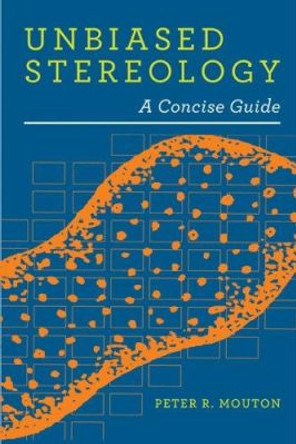Geopressure drives fluid flow and is important for hydrocarbon exploration, carbon sequestration, and designing safe and economical wells. This concise guide explores the origins of geopressure and presents a step-by-step approach to characterizing and predicting pressure and least principal stress in the subsurface. The book emphasizes how geology, and particularly the role of flow along permeable layers, drives the development and distribution of subsurface pressure and stress. Case studies, such as the Deepwater Horizon blowout, and laboratory experiments, are used throughout to demonstrate methods and applications. It succinctly discusses the role of elastoplastic behaviour, the full stress tensor, and diagenesis in pore pressure generation, and it presents workflows to predict pressure, stress, and hydrocarbon entrapment. It is an essential guide for academics and professional geoscientists and petroleum engineers interested in predicting pressure and stress, and understanding the role of geopressure in geological processes, well design, hydrocarbon entrapment, and carbon sequestration.
A concise guide to the origins and prediction of subsurface fluid pressures, emphasizing the interactions with geological processes.About the AuthorPeter B. Flemings is a professor and holds the Barrows Centennial Chair with the Jackson School of Geosciences at The University of Texas, Austin. He leads 'UT GeoFluids', a long-running industry-sponsored effort dedicated to developing new concepts and approaches to predict pressure and stress in the subsurface. He served on the US Department of Energy's well integrity team during the Deepwater Horizon blowout, he is a Geological Society of America Fellow, and he was a distinguished lecturer for the American Association of Petroleum Geologists and the International Ocean Drilling Program. He has served as Chief Scientist on numerous scientific drilling expeditions.
Book InformationISBN 9781107042346
Author Peter B. FlemingsFormat Hardback
Page Count 284
Imprint Cambridge University PressPublisher Cambridge University Press
Weight(grams) 680g
Dimensions(mm) 250mm * 174mm * 20mm








